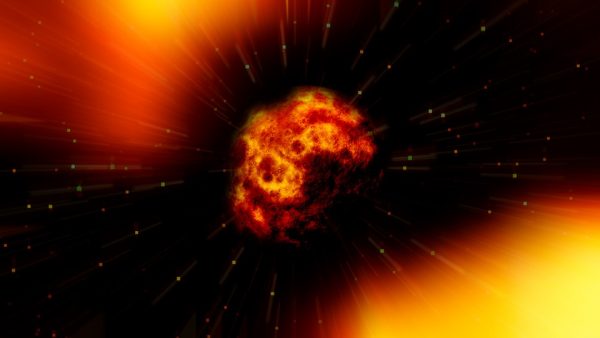When a science fiction plot portrays Earth in peril from a potentially devastating asteroid impact, a collection of heroes usually swoops in to save the day by detonating the enormous space rock into fragments.
But in reality, exploding a city-size asteroid may require more power than once thought, according to a new study.
Scientists had previously used computer models to estimate the impact needed to successfully shatter a big asteroid. However, a new model by another team of researchers recently came to a different conclusion by adding a variable that an older model omitted: how quickly cracks would spread through an asteroid after it was struck.
By looking more closely at small-scale changes in the asteroid’s structure, the researchers developed a clearer snapshot of what would happen after an impact. Their new model suggests that gravity could help the asteroid hold itself together even after a powerful explosion and that more energy would be needed to smash the object to smithereens.



